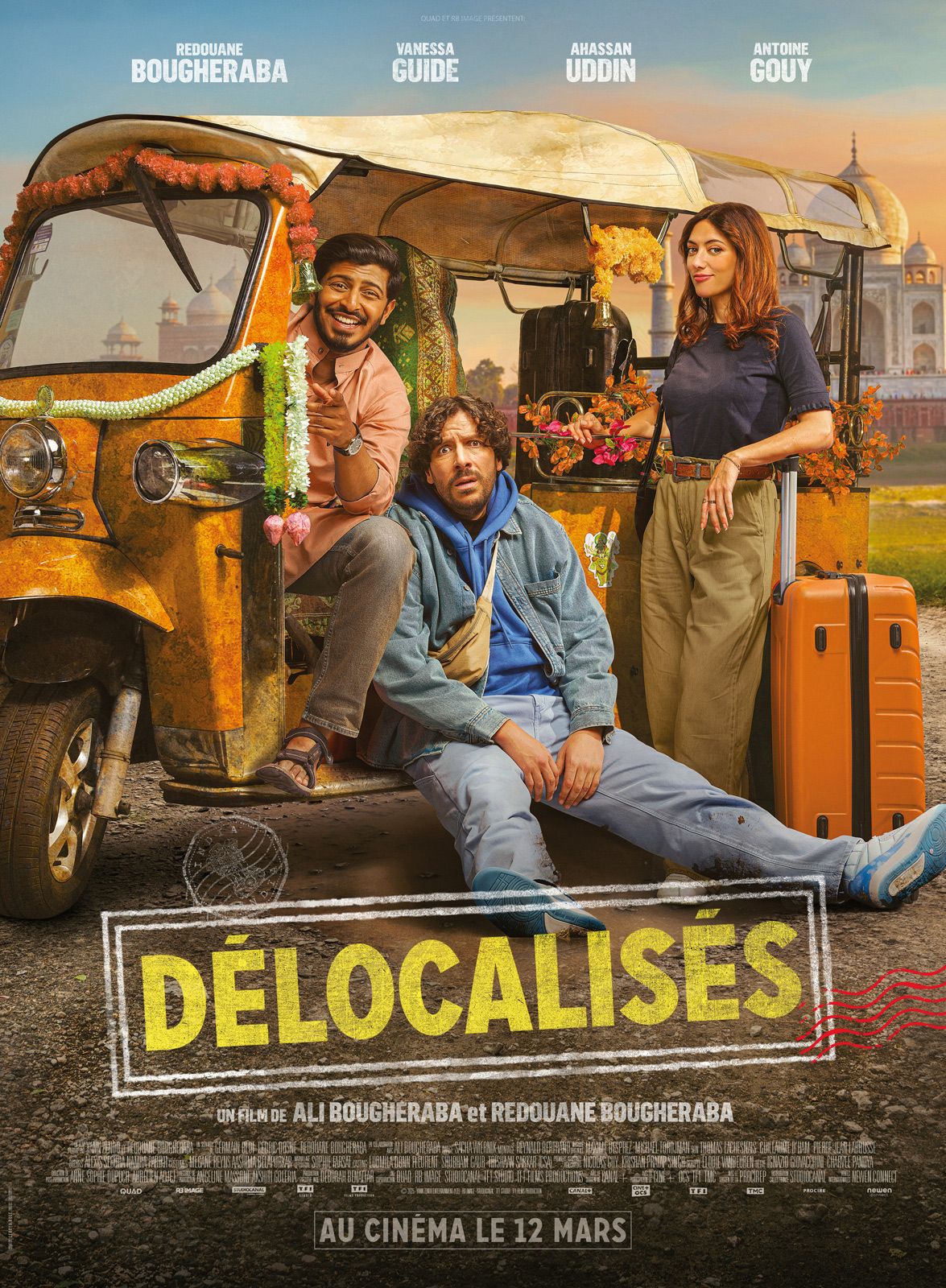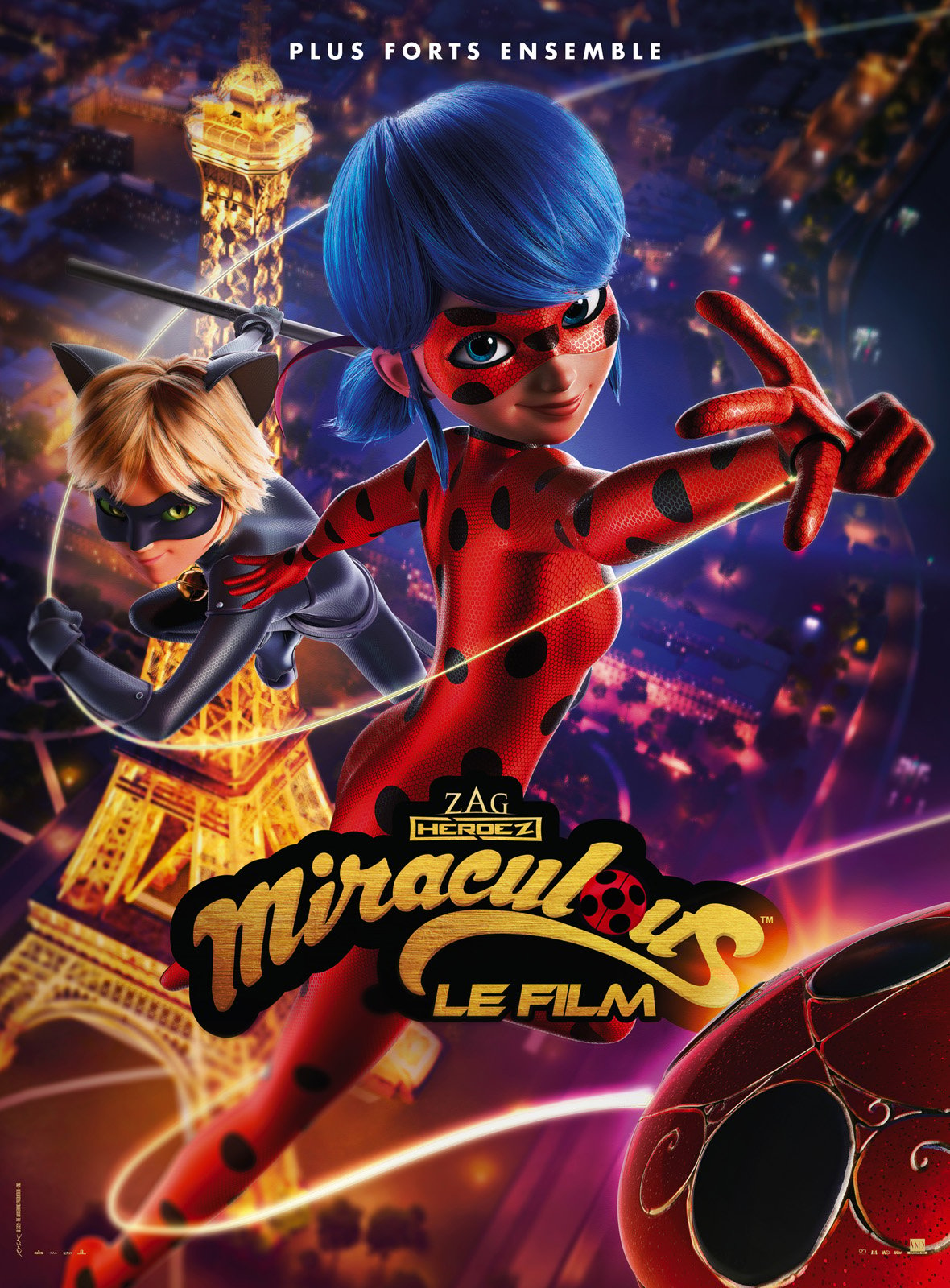When we think about stories told through moving pictures, there's often a quiet difference in how we speak about them. You see, the words we pick, like "film" or "movie," they actually carry a little bit of a different feeling, don't they? It's almost as if one word hints at something more serious, perhaps a touch more artful, while the other feels a bit more everyday, a little more common. This subtle distinction, in a way, shapes how we might view the people who bring these stories to life, the very folks who make up the cast.
It's interesting to consider how these labels might influence our expectations. A "film," for many, suggests a deeper look, something that might make you think or feel in a particular way. A "movie," on the other hand, usually brings to mind something for pure enjoyment, a quick escape. This isn't just about the words themselves; it's also about how we mentally sort the experiences they represent, and how those experiences are shaped by the creative work of the cast involved, actually.
So, we're going to explore this connection, the way a story comes together, and the people who step into those roles. We'll look at how the language we use, the tools that capture the images, and even the advice we get about what to watch, all play a part in how we experience the combined effort of a film and its cast. It's really about seeing the bigger picture, you know, the human touch behind it all.
Table of Contents
- The Subtle Shades of Film et Cast
- How Do Words Shape Our View of Film et Cast?
- Capturing Moments: The Camera's Role for Film et Cast
- What Happens When Recommendations Miss the Mark for Film et Cast?
- When Suggestions Fall Short, Affecting Film et Cast
- Do Technical Details Impact Film et Cast?
- Technical Considerations Shaping Film et Cast
- A Look at the Bigger Picture for Film et Cast
The Subtle Shades of Film et Cast
There's a curious thing about language, isn't there? When we talk about moving pictures, we often use words like "film" and "movie" interchangeably, but if you listen closely, there's a slight difference in how they feel. A "film," you see, often suggests something a bit more serious, perhaps a bit more artistic or even a little bit elegant. It's the kind of word you might use when discussing a piece of cinema that truly makes you think, or something that aims for a deeper impact, you know? This perception, in some respects, might even color how we see the people acting within it, the very cast members who bring the story to life.
On the other hand, the word "movie" tends to sound a little more common, a bit more popular, maybe even just for fun. It's what you might call something you watch to relax, to escape for a little while, or just to enjoy a good laugh. The very origin of the word "movie" itself, apparently, has something to do with movement, which makes sense, considering it's all about moving pictures. This difference in tone, while subtle, can actually influence our expectations for the story and, quite importantly, for the cast members who perform in it. We might, for example, expect a different kind of performance from a cast in a "film" than we would from a cast in a "movie," even if the lines are, in a way, blurry.
This isn't about one being better than the other, not really. It's more about the feeling each word carries and how that feeling shapes our experience. When a cast takes on a role, whether it's for a project called a "film" or a "movie," their dedication remains. However, the way the audience receives their work, and the kind of critical attention it gets, could be influenced by this very subtle linguistic distinction. It’s a bit like how a painting might be viewed differently if it’s called an "artwork" versus just a "picture," you know? The words we choose really do set a tone for the film and its cast.
So, when you hear someone say "film," they might be hinting at a more profound experience, something that asks for a bit more thought from the viewer. This can, in turn, put a different kind of spotlight on the cast, perhaps suggesting their performances are meant to be deeply felt or highly artistic. Conversely, a "movie" might imply a more straightforward, perhaps more entertaining experience, where the cast's goal is primarily to engage and delight the audience. It’s fascinating how these simple words carry so much weight for both the film and its cast, isn't it?
How Do Words Shape Our View of Film et Cast?
The way we talk about things, especially something as personal as stories on screen, can really change how we feel about them. When we use "film," it often suggests a certain level of artistic ambition, a desire to create something lasting, something with a bit more depth. This expectation can then extend to the cast involved. We might anticipate that the actors in a "film" have put in a different kind of effort, perhaps aiming for performances that are more nuanced or emotionally complex. It's almost like the word itself sets a stage for a more serious appreciation of the work done by the film and its cast.
Think about it: if someone recommends a "film," you might prepare yourself for a quiet evening of contemplation, ready to unpack layers of meaning. If they suggest a "movie," you're probably just getting ready for some fun, maybe a few laughs or some thrills. This distinction, while seemingly small, affects the entire viewing atmosphere. It influences how we interpret the choices made by the director, the writing, and certainly, the performances given by the cast. It's a bit like how different types of dining experiences have different names, and those names tell you what to expect, more or less, from the film and its cast.
This isn't to say that "movies" lack depth or that "films" are never entertaining. Not at all. It's just that the initial label can guide our perceptions. It's a subtle cue that helps us frame our experience even before the first scene plays. For the cast, this means their work might be received through a particular lens, one that's either looking for profound artistry or simply for engaging storytelling. The words we pick for film and cast, therefore, are more powerful than they seem at first glance, actually.
Capturing Moments: The Camera's Role for Film et Cast
When it comes to bringing stories to life on screen, the camera is, quite simply, the tool that makes it all happen. It's the eye through which we see the world the story creates, and most importantly, the people who inhabit it. You know, the cast. What's interesting is how straightforward the word "camera" is in English. It can mean so many different things: a still camera for photos, a film camera for movies, a TV camera, or even just a video camera on your phone. It's a very broad term, isn't it?
This broadness in English, where one word covers so many uses, is a bit different from how some other languages might describe these tools with more specific terms. But regardless of the specific type, the core job of the camera remains the same: to record and present the visual information of the story. It's through this device that the performances of the cast are captured, preserved, and then shared with audiences everywhere. The camera is, in a way, the silent partner in every film, working hand-in-hand with the cast to tell the tale.
The way a camera moves, the angles it chooses, how it frames a scene—all these decisions greatly impact how we see the cast and their expressions. A close-up on an actor's face can reveal a world of emotion, making their performance resonate deeply. A wide shot can show the cast interacting within a grand setting, giving us a sense of scale. The camera doesn't just record; it interprets and emphasizes, helping to shape our connection with the film and its cast. It's pretty cool how it all works together, really.
So, while the word "camera" might be quite general, its function in bringing a film to life is anything but. It's the essential piece of equipment that allows the cast's hard work, their emotions, and their physical presence to become a permanent part of the story. Without it, the performances would remain unseen, unheard, and certainly unshared. The camera is, you could say, the bridge between the cast's efforts and the audience's experience of the film, you know?
What Happens When Recommendations Miss the Mark for Film et Cast?
Have you ever looked for something good to watch, maybe a new film, and found yourself utterly disappointed by the suggestions? It's a common experience, apparently. You search for "classic, high-score films," and what you get back are recommendations that just don't hit the mark, perhaps even what some might call "bad films." This can be incredibly frustrating, especially when you're looking forward to a great story and strong performances from the cast.
When a recommendation falls short, it doesn't just mean the film itself might not be good. It can also mean that the hard work of the cast, the hours they put into their roles, goes unappreciated because the overall package just isn't working. Imagine a cast giving their very best, delivering powerful portrayals, only for the film to be dismissed because of poor storytelling or production issues. It's a real shame, isn't it? This situation highlights how important good recommendations are, not just for the viewer, but also for the recognition of the film and its cast.
The quality of a film, and by extension, the perception of its cast, relies heavily on how it's presented to potential viewers. If people are constantly steered towards low-quality content, they might start to lose faith in the idea of finding truly great films. This can create a cycle where good films with talented cast members get overlooked, simply because the discovery process is broken. It's like trying to find a good book in a library where all the labels are wrong, you know?
Ultimately, when suggestions for films are consistently off-base, it hurts everyone involved. Viewers waste their time, and the dedicated efforts of the cast and crew might not get the audience they deserve. Finding reliable sources for film recommendations becomes really important, then, to ensure that quality work, and the talented cast behind it, gets the chance to shine. It's about connecting people with stories that actually resonate, and that's a pretty big deal for both the film and its cast.
When Suggestions Fall Short, Affecting Film et Cast
It's a familiar feeling, isn't it, when you're hoping for a truly engaging film experience, perhaps something with a really compelling cast, and the recommendations you get just don't measure up? You search for highly-rated stories, expecting to find something memorable, but instead, you're met with suggestions that just seem to miss the point entirely. This can be genuinely disappointing, especially when you're ready to settle in for a captivating story.
When a suggested film turns out to be less than ideal, it's not just about the story not being quite right. It also means that the performances by the cast, who poured their efforts into their roles, might not be seen in their best light. A talented cast can deliver truly remarkable work, but if the overall film doesn't come together, or if it's simply not what the viewer was hoping for, those individual contributions can easily be overshadowed. It's a little like having a wonderful meal, but the setting just isn't quite right, you know?
The frustration of sifting through many unhelpful suggestions can make anyone hesitant to trust future recommendations. This creates a hurdle for both the audience trying to find good content and for the film itself, along with its cast, trying to reach an appreciative viewership. It's a cycle where potentially great stories, brought to life by dedicated cast members, might not find their audience because the path to discovery is unclear or misleading. It's a bit like trying to find a hidden gem without a proper map, more or less.
So, the challenge of getting accurate and helpful film suggestions is quite important. It helps ensure that viewers connect with stories that truly fit their interests, and that the hard work of the cast and everyone else involved in making the film gets the attention it deserves. It's about making sure that the right film, with its unique cast, finds its way to the right person, which is pretty essential for the whole creative process, actually.
Do Technical Details Impact Film et Cast?
Behind every film we see, there are countless technical details that most of us never even consider. These are the elements that make the magic happen, allowing the cast's performances to be captured and presented in a way that feels real and engaging. For example, some technical papers or documents might discuss things like the "rationale for the film/sbf volume ratio." Now, that sounds quite specific and perhaps a bit abstract, doesn't it?
While the exact meaning of "film/sbf volume ratio" might be something only experts in certain fields fully grasp, the general idea is that there are precise measurements and calculations that go into the creation of a film. These aren't things the cast directly deals with during their performance, but they are absolutely part of the overall process that brings the story to life. These technical considerations define how the visual and auditory elements are put together, which then affects how the cast's work is ultimately perceived. It's like the unseen scaffolding that supports a grand building, you know?
Every technical decision, from the type of camera used to the way sound is mixed, contributes to the final experience of the film. These choices, while often hidden from the average viewer, shape the environment in which the cast's performances unfold. A poorly lit scene, for instance, even with a brilliant cast, might not convey the intended emotion. Conversely, careful attention to these technical aspects can elevate a scene, making the cast's efforts truly shine. It's a subtle but very real influence on the film and its cast.
So, even though we might not understand every technical term or every specific measurement, it's good to remember that a whole world of precise work goes on behind the scenes. This work is all aimed at creating the best possible environment for the story to be told and for the cast to deliver their most impactful performances. These technical foundations are, in a way, the quiet heroes that support the visible artistry of the film and its cast.
Technical Considerations Shaping Film et Cast
When we sit down to watch a film, our focus is usually on the story, the visuals, and, of course, the people performing in it, the cast. What often goes unnoticed are the many technical decisions made long before the camera even starts rolling. These are the behind-the-scenes calculations and choices that shape the very fabric of the film. For instance, there might be discussions about specific technical problems, like the "rationale for the film/sbf volume ratio," which, while sounding very specific, points to a broader truth: technical details matter.
These sorts of technical elements, even if we don't fully grasp their specifics, are part of the detailed planning that ensures a film looks and sounds just right. They create the visual and auditory world where the cast operates. The quality of the image, the clarity of the sound, and even the way different elements are balanced, all come from these precise technical considerations. The cast might be delivering their lines perfectly, but if the microphone isn't placed correctly or the lighting is off, their efforts might not come across as intended. It's a bit like a musician playing a beautiful piece on an out-of-tune instrument, you know?
Every decision made in the technical side of film production has a ripple effect on the final product and, by extension, on how the cast's performances are received. A film that is technically sound allows the cast to truly shine, letting their acting speak for itself without distractions. Conversely, technical issues can unfortunately detract from even the most compelling performances, making it harder for the audience to connect with the film and its cast. It's a subtle but very real partnership between the technical crew and the creative cast, actually.
So, while the casual viewer might not spend time thinking about things like volume ratios or specific technical setups, these elements are absolutely vital. They are the unseen forces that provide the foundation for the film's visual and auditory storytelling, directly impacting how effectively the cast can convey their characters and emotions. It's a testament to how many different pieces, both creative and technical, must come together for a film and its cast to truly resonate with an audience.
A Look at the Bigger Picture for Film et Cast
It's pretty clear that when we talk about film and cast, we're really talking about a whole connected system. From the words we use to describe a moving picture, like "film" versus "movie," to the very tools that capture the images, like the versatile "camera," everything plays a part. These subtle distinctions in language, for example, can shape our initial thoughts about a story and the people who act in it. It's almost like setting a mood before you even begin to watch, you know?
Then there's the experience of finding new stories. When recommendations for films don't quite hit the mark, it can be a source of real frustration. This isn't just about wasted time for the viewer; it


